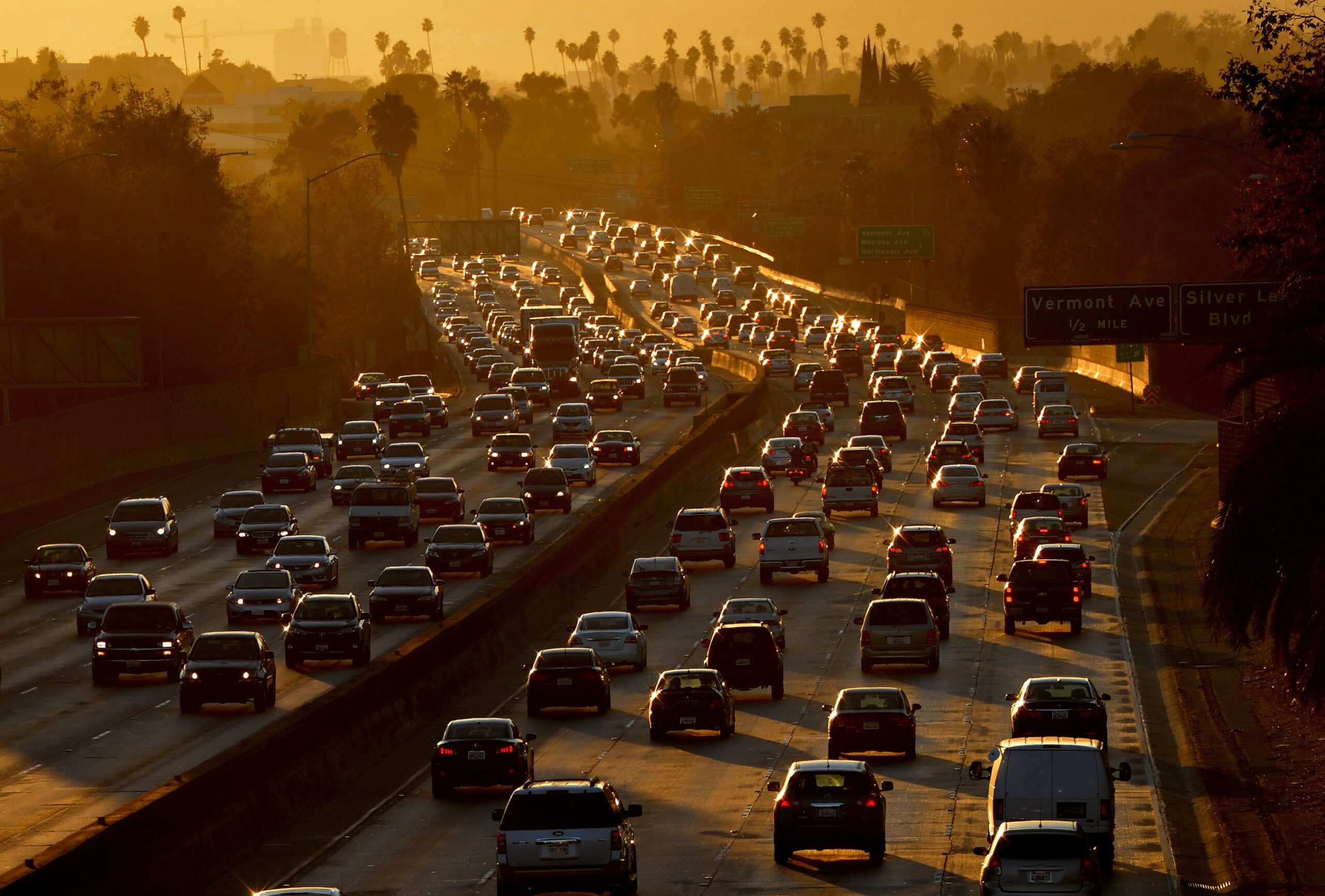
Los Angeles drivers are 80% more likely to experience a crash during rainy conditions compared to clear weather. This startling statistic contradicts the common perception that LA’s perpetually sunny climate eliminates weather as a significant factor in traffic safety. In reality, the city’s infrequent but impactful weather events create unique hazards that contribute substantially to accident rates. Understanding these weather-related risks is essential for anyone navigating Southern California’s roadways.
Critical Weather Conditions Affecting LA Traffic
Rain and Wet Pavement Despite Los Angeles averaging only 35 rainy days annually, wet conditions create disproportionate danger on roadways. The Federal Highway Administration reports that nationwide, 70% of weather-related crashes occur on wet pavement and 46% during rainfall. In Los Angeles, this risk is amplified because drivers rarely encounter rain. The physics behind this danger is straightforward: extended dry periods allow oil, dust, and rubber particles to accumulate on road surfaces. When rain finally arrives, these substances create an exceptionally slippery surface during the first 30-60 minutes of precipitation. This phenomenon, combined with drainage issues on many LA streets, creates perfect conditions for hydroplaning—when water builds up between tires and the road surface, causing loss of control. Nearly half of all rainy condition accidents in Los Angeles are caused by speeding. Many drivers fail to reduce their speed appropriately, underestimating how dramatically stopping distances increase on wet surfaces. Sun Glare and Heat While rain receives more attention, sun glare represents a persistent and underappreciated hazard in Los Angeles. During morning and evening commutes, drivers traveling east-west face intense sunlight that can temporarily blind them. This natural phenomenon makes traffic signals, pedestrians, and other vehicles nearly invisible, particularly at intersections where sun glare can make it difficult to see stop signs or red lights. Research also suggests a correlation between high temperatures and accident rates. Multiple studies indicate that fatalities increase with temperature rises. This may relate to psychological effects, as heat can increase driver aggression and reduce concentration. With Los Angeles regularly experiencing temperatures above 90°F for extended periods, this creates an often-overlooked risk factor. Fog, Smog, and Wind Conditions Coastal areas of Los Angeles frequently experience morning fog, while inland valleys contend with both fog and smog that significantly reduce visibility. Although fog-related crashes represent only 3% of weather-related accidents nationally, they account for a disproportionate 9% of weather-related fatalities. The powerful Santa Ana winds that periodically sweep through Southern California create additional hazards. These strong, dry winds can exceed 40 mph, making vehicle control difficult, particularly for high-profile vehicles like trucks and SUVs. Flying debris, falling branches, and sudden gusts can force emergency maneuvers that often result in multi-vehicle accidents.Why Los Angeles Drivers Are Uniquely Vulnerable
The infrequency of adverse weather in Los Angeles creates a paradoxical safety issue: drivers become complacent during typical conditions and remain unprepared when conditions change. As researchers have noted, “‘good weather’ means that there is no rain, snow, fog, and strong wind and is perceived by drivers as not requiring much vigilance and attention”. This complacency manifests in several ways. During rainfall, many drivers either maintain unsafe speeds or slow excessively, creating dangerous speed differentials. When fog reduces visibility, some drivers fail to use headlights properly or maintain insufficient following distances. The contrast between normal driving conditions and weather events is more dramatic in Los Angeles than in regions where drivers regularly encounter adverse conditions. Infrastructure limitations compound these problems. Many Los Angeles streets lack optimal drainage systems because they weren’t designed for significant precipitation. When rain does arrive, standing water creates immediate hazards. Combined with the region’s high traffic density, where a single accident can create gridlock across multiple freeways, weather-related incidents have cascading effects throughout the transportation network.Practical Prevention and Legal Implications
Preventing weather-related accidents in Los Angeles requires specific preparation strategies. Vehicle maintenance becomes particularly important in a region where weather-related equipment might see infrequent use. Key preparations include:- Regular inspection of windshield wipers, which may deteriorate from sun exposure even when rarely used
- Maintaining proper tire tread and pressure, essential for traction on wet surfaces
- Ensuring all lights function properly for visibility during fog or rain
- Keeping windows and mirrors clean to minimize glare effects




